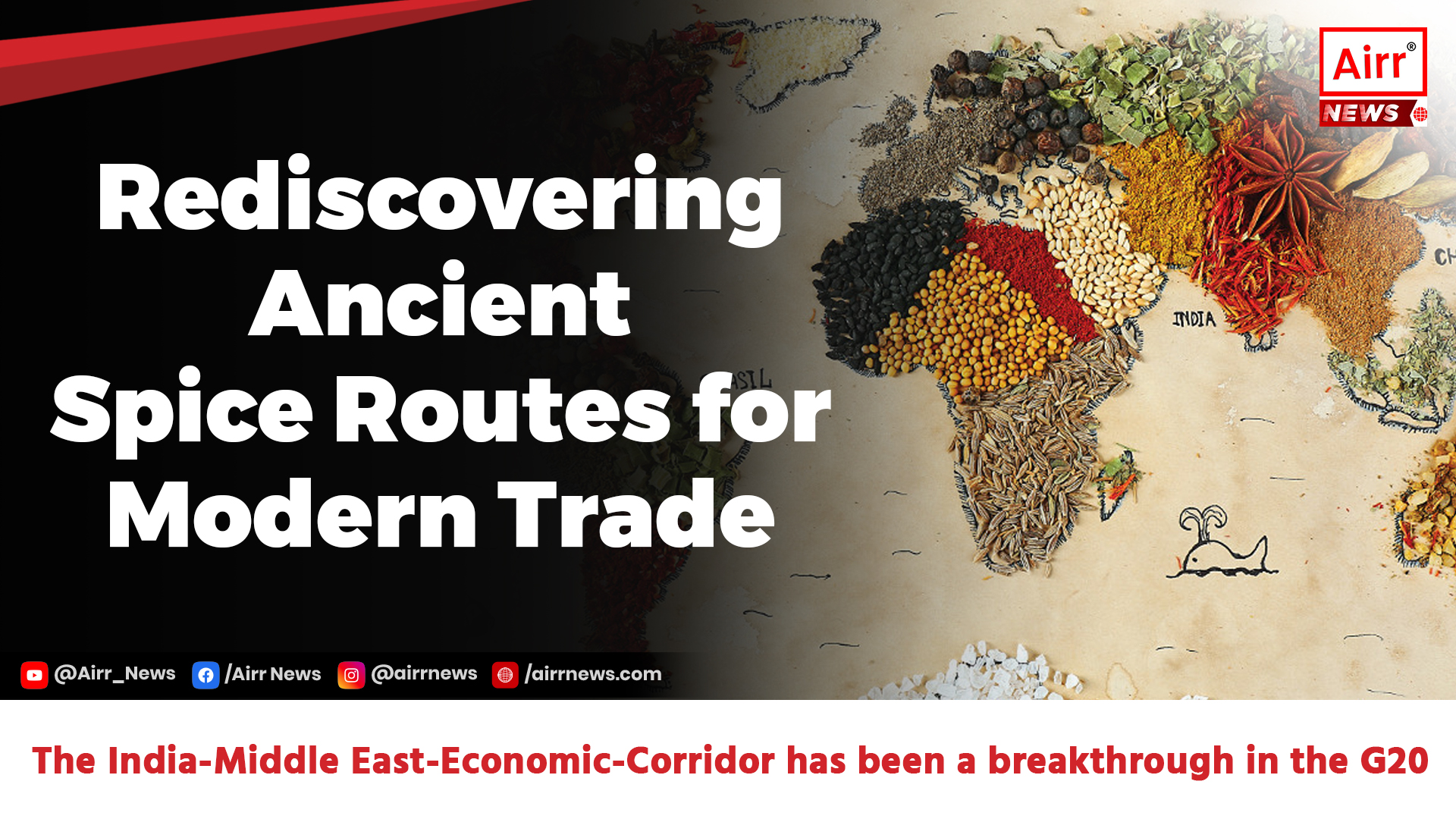Rediscovering Ancient Spice Routes for Modern Trade
The India-Middle East-Economic-Corridor has been a breakthrough in the G20 Summit and is believed to significantly impact investments and business opportunities for the infrastructural development sectors. India will position itself as a central global hub in trade and commerce.
The Spice Route, also known as the Maritime Route, is an age-old cross-border trading network that connects the East to the West. Reviving the ancient Spice route for modern trade will be a key to filling the infrastructure gap. “Along with physical infrastructure, digital, social, and financial infrastructure are given unprecedented importance. These are laying the foundations for a developed Bharat,” stated PM Modi, stressing the significance of infrastructure and connectivity.
India is witnessing history as old as the common era, marking a significant corridor to make global connections possible and make trade 40% faster, easier, and cost-effective. During the G20 summit, all international leaders mutually signed a memorandum of understanding.
The layout and the project timeline will be established in the next two months and identify infrastructural and investment areas. Further, the plans shall be implemented through next year. The connectivity strategy will integrate cross-border roadways, shipping, and railway lines, creating an alternative to the (BRI) Belt and Road Initiative imbedded by the Chinese, which includes more than 150 countries.
Kugelman posted on X, “If finalized, it would be a game changer that strengthens connectivity between India and the Middle East and would aim to counter BRI,”
The US President, Joe Biden, lately announced at the United Nations General Assembly (UNGA) that the India-Middle East- Europe Economic Corridor will have two separate corridors: the East Corridor and the North Corridor. The corridors will connect India to West Asia, the Middle East, and Europe. He added that the vast project will crop up many investment opportunities in infrastructure development.
He further said, “Similarly, groundbreaking efforts were announced at the G20. Connecting India to Europe through the UAE, Saudi Arabia, Jordan, and Israel will spur opportunities for investment across two continents. This is part of our effort to build a more sustainable integrated Middle East”, at the 78th UNGA session.
India is gearing up to embrace the upcoming economic reforms. Recently, we have observed how the government has taken the lead in introducing the new India to the world, thereby gaining global recognition. This new route will serve as a catalyst for India’s growth and provide abundant opportunities for other nations to engage in trade with India.
Kindly share your feedback on the content in the comment section. To receive more such updates, follow Airr News, and don’t forget to like, share, and subscribe.
#imec #bri #g20 #unga #crossbordertrade #spiceroute #x #pmmodi #uspresident #saudiprince #globalhub #globalsummit #eastcorridor #northcorridor #globalsouth #economiccorridor

